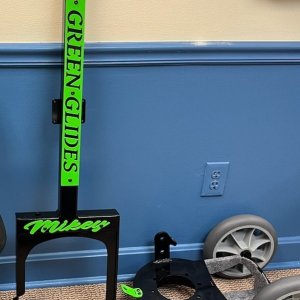Bob,
Most insurance companies recognize this technology now that direct heat drying is becoming more popular. When you directly heat the wet material, you will get faster evaporation, because you increase the evaporation potential(difference in vapor pressure between material, and ambient air.) The 120v is okay for small jobs, but I much prefer the 240v.
There have been many times that I have been able to save the insurance companies money with use of the E-TES unit. For instance, drying plaster(we have a lot of it here in Ohio with the older homes) takes A LOT of heat and can be a slow process. With standard drying it could take nearly a week in some situations, or sometimes the plaster will not dry at all given the circumstances. There have been simple jobs that would dry in normally in probably 3 days. I've been able to have them dry in 36 hours, sometimes less.
When I dry I want to do it correctly and fast to turn jobs over quicker. If I'm able to serve more people, and create a great experience they'll be more likely to use me for another service that I provide.
A quick note: While direct heat drying is becoming more popular, there are still a lot of companies out there who do not know how to properly use the technology. The point to having the equipment on a job is to dry quicker, or use in hard to dry situations where standard and conventional drying methods aren't as practical. There is a lot of push and give with adjusters. Just be sure you can justify why you're using it with documentation, and if you're doing it to be cost effective for adjuster be sure to point that out, and show them all of the numbers.

